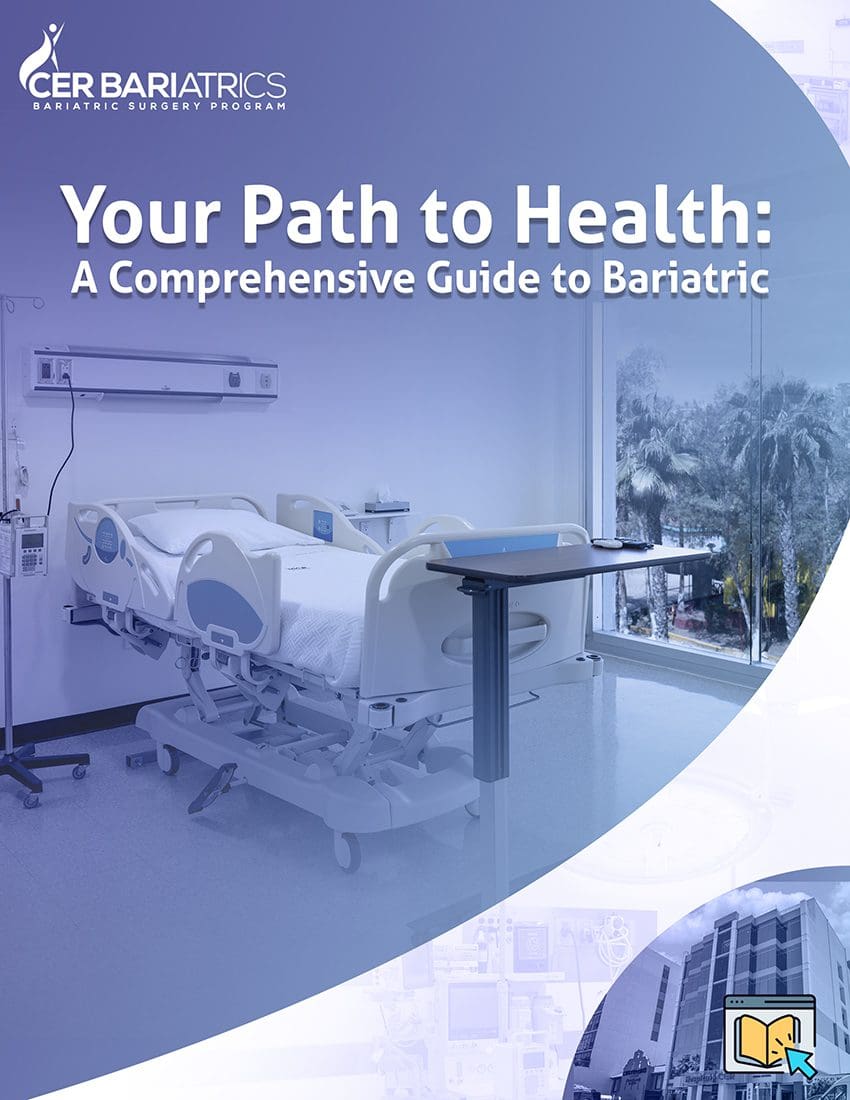After undergoing bariatric surgery, one common question that arises is, How long after bariatric surgery can you exercise? The timing of post-bariatric surgery exercise is crucial to ensure a safe and effective recovery while supporting your weight loss journey. While individual circumstances may vary, it’s generally recommended to wait at least 4-6 weeks after bariatric surgery before gradually reintroducing exercise into your routine.
Weight loss surgery is a crucial step for those struggling with morbid obesity, paving the way to better health. To stay healthy and keep a good weight after weight loss surgery, regular exercise is crucial. This guide explains why exercise matters, the types, and benefits, and how to make it part of your daily routine.
Exercise after bariatric surgery is fundamental, not just a post-surgery add-on. It significantly impacts the surgery’s outcome, aiding in weight loss by burning calories, boosting Energy conversion, and preserving lean muscle mass. Moreover, exercise improves cardiovascular health, mental well-being, and energy levels—integral for a fulfilling post-surgery life.
What exercises are good after bariatric surgery?
Select exercises that suit your fitness and recovery level after surgery.
Light Exercises:
- Walking: This is an excellent starting point. It’s low-impact, gentle on the joints, and helps in building stamina gradually.
- Stationary biking: This is another low-impact option that aids in cardiovascular fitness without stressing your joints.
- Seated exercises: Seated exercises are gentle and perfect for early recovery stages
Moderate physical activity:
- Swimming or water aerobics: These are low-impact exercises that provide resistance, aiding in muscle toning and cardiovascular improvement.
- Elliptical training: It offers a good cardiovascular workout while being easy on the joints.
- Light resistance training: Using resistance bands or light weights can help build muscle strength.
High-Intensity Exercises
- Running or jogging: When you’re ready and stronger, jogging boosts your heart rate and burns calories.
- High-intensity interval training (HIIT): This involves short bursts of intense exercise followed by periods of lower-intensity recovery. It’s efficient for burning calories and improving cardiovascular fitness.
- Circuit training: This involves a series of exercises targeting different muscle groups, keeping your heart rate elevated throughout the session.
Including Various Exercises into Daily Routines
Including exercises in your daily routine is key to maintaining consistency.
- Morning walks or jogs: Kickstart your day with a brisk walk or jog for a healthy boost.
- Morning stretches: Perform gentle stretching exercises to improve flexibility and prepare your body for the day ahead.
- Biking to work: It’s transportation and exercise rolled into one.
- Using stairs: Opt for stairs instead of elevators whenever possible to incorporate brief bursts of activity.
- Yoga or stretching: Unwind with yoga or stretches for flexibility and better sleep.
Incorporate these exercises daily to make them a natural part of your life. It boosts the benefits of your weight loss surgery.
Exercise Guidelines for the First 2 Months Post-Op
In the first two months after weight loss surgery, walking is key.
- Gentle and Easy: Perfect for post-surgery, boosting activity gently. Boosts Healing and Blood Flow: Helps healing and reduces complications by improving blood circulation.
- Gradual Progress: Start slow, then increase time and pace as strength returns, aiming for 30 minutes per session.
- Outdoor Walks: Enjoy fresh air, nature, and varied terrain for a more pleasant walk.
Adding these low-impact exercises early on aids healing, and mobility, and prepares you for more intense workouts as you recover.
Exercise Guidelines During 3-6 Months Post-Op
Between three to six months post-op, you can begin to introduce slightly more intensive exercises to your routine.
Weight Lifting Tips:
- Begin with light weights, and prioritize good form and technique.
- Work large muscle groups: squats, lunges, chest presses.
- Gradually add weight and reps as you get stronger.
Jogging Tips:
- Start slow and comfortable, covering short distances.
- Listen to your body, stop if you feel pain or discomfort.
- Gradually increase duration and intensity to avoid overexertion.
During this phase of recovery, it’s important to focus on exercises that enhance coordination, balance, and stability.
- Balance Exercises: Stand on one leg for a few seconds and then switch to the other leg. Use a sturdy support if needed. Try balance exercises on an unstable surface like a balance pad or wobbleboard.
- Coordination Drills: Incorporate exercises that involve controlled movements, like bodyweight squats and lunges.
Start these exercises gradually 3-6 months after surgery. It builds a strong fitness base, ensuring safety and progress in your journey to fitness.
Exercise Guidelines During 6-12 Months Post-Op
Beyond six months post-op, the focus shifts towards Heightening exercises and increasing their frequency.
- Increase Intensity: Incorporate interval training, alternating periods of higher intensity with periods of lower intensity or rest. Increase weights or resistance during strength training to challenge your muscles further.
- Boost Frequency: Aim for at least 150 minutes of moderate-intensity aerobic activity per week, spread across several days. Include strength training exercises for major muscle groups at least two days a week.
Exercise Beyond 1 Year Post-Op
After a year post-op, you are keeping the weight off and staying healthy means mixing different workouts into your routine. The body adapts to routine exercises, making it essential to diversify your workouts for continued progress.
- Mix it up: Do activities that get your heart racing (running, cycling) and ones that build strength (weights, bands).
- Try something new: Rock climbing, martial arts, or dance classes can challenge your body and mind in exciting ways.
- Set fitness goals you can achieve: Improving your 5K run time or doing a set number of push-ups. Working towards these goals keeps you motivated and focused.
Adding in activity-based hobbies and intense workouts into your routine can be a game-changer for maintaining a healthy lifestyle:
- Activity-Based Hobbies: Engage in activities you enjoy, such as hiking, biking, or swimming, as a part of your Enjoyable pursuits. Join a sports league or a group that aligns with your interests, whether it’s soccer, basketball, or any other sport.
- Intense Workouts: Integrate high-intensity workouts, such as HIIT, Tabata, or circuit training, to keep your fitness regimen challenging and effective.
- Keep it exciting: Vary your workouts, and engage in activities you enjoy. It helps maintain weight loss, boost fitness, and enjoy an active life.
Exercises to Avoid and Considerations After Bariatric Surgery
After a Weight loss journey, it’s important to avoid certain exercises during recovery to prevent strain, injury, or complications. Stay away from heavy weightlifting or anything that strains the abdomen, as it can interfere with incisions and healing. Likewise, avoid high-impact aerobics and twisting movements to protect the surgical area.
Weight loss after bariatric surgery
Embracing a healthier life journey after Gastric bypass surgery or sleeve gastrectomy involves more than shedding pounds quickly. It’s about looking ahead and considering your well-being. Achieving a healthy weight through these surgeries not only helps with shedding pounds but also boosts your overall quality of life.
Navigating through phases like the liquid diet post-surgery is vital for successful outcomes. Moreover, Bariatric surgery can lead to improvements in conditions like type 2 diabetes and high blood pressure. Adding in aerobic exercises into your routine supports your weight loss goals and enhances overall health. This holistic approach is key to a successful and fulfilling weight loss surgery journey.
Related Post
Learn how to kickstart your weight loss journey






